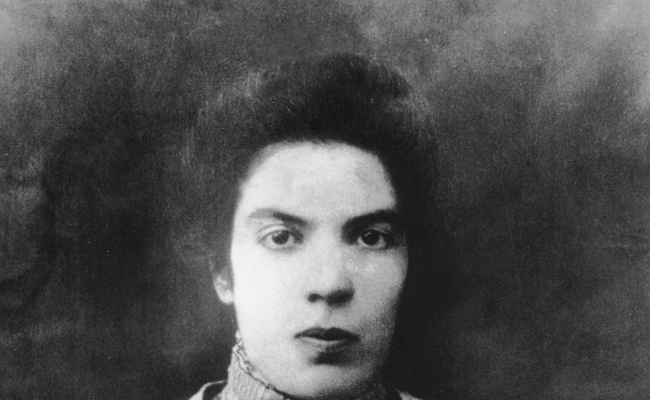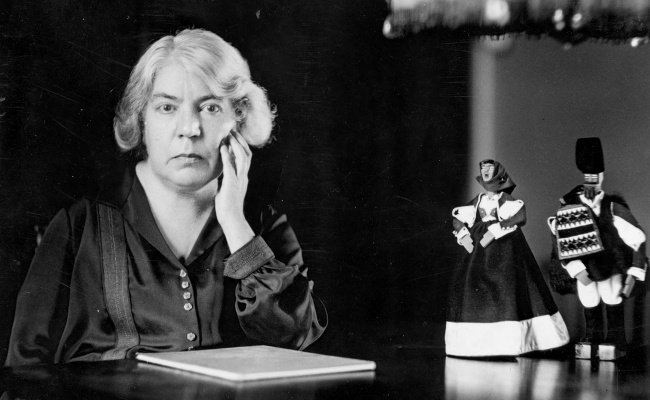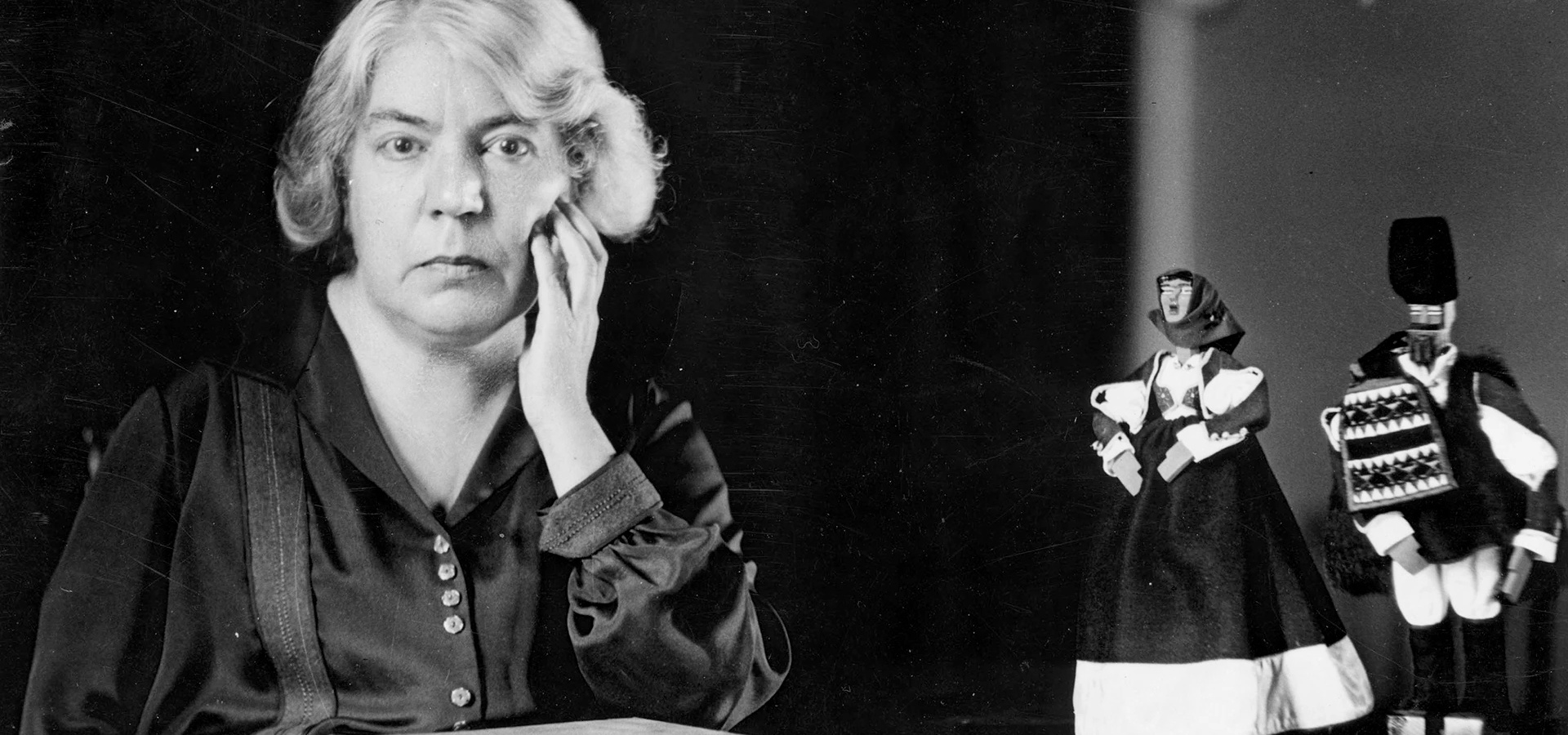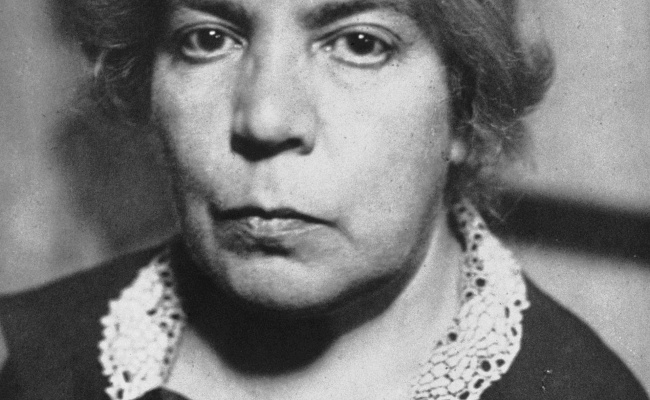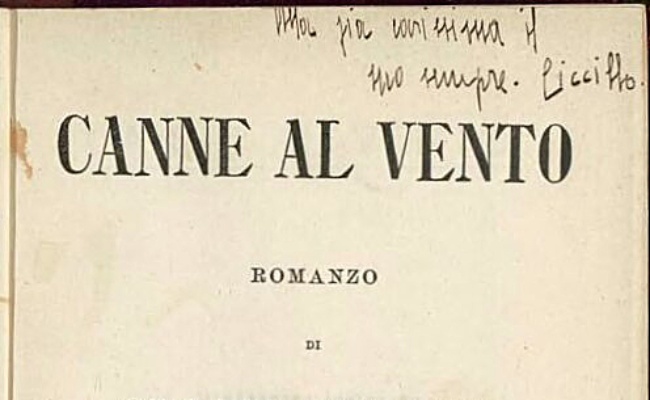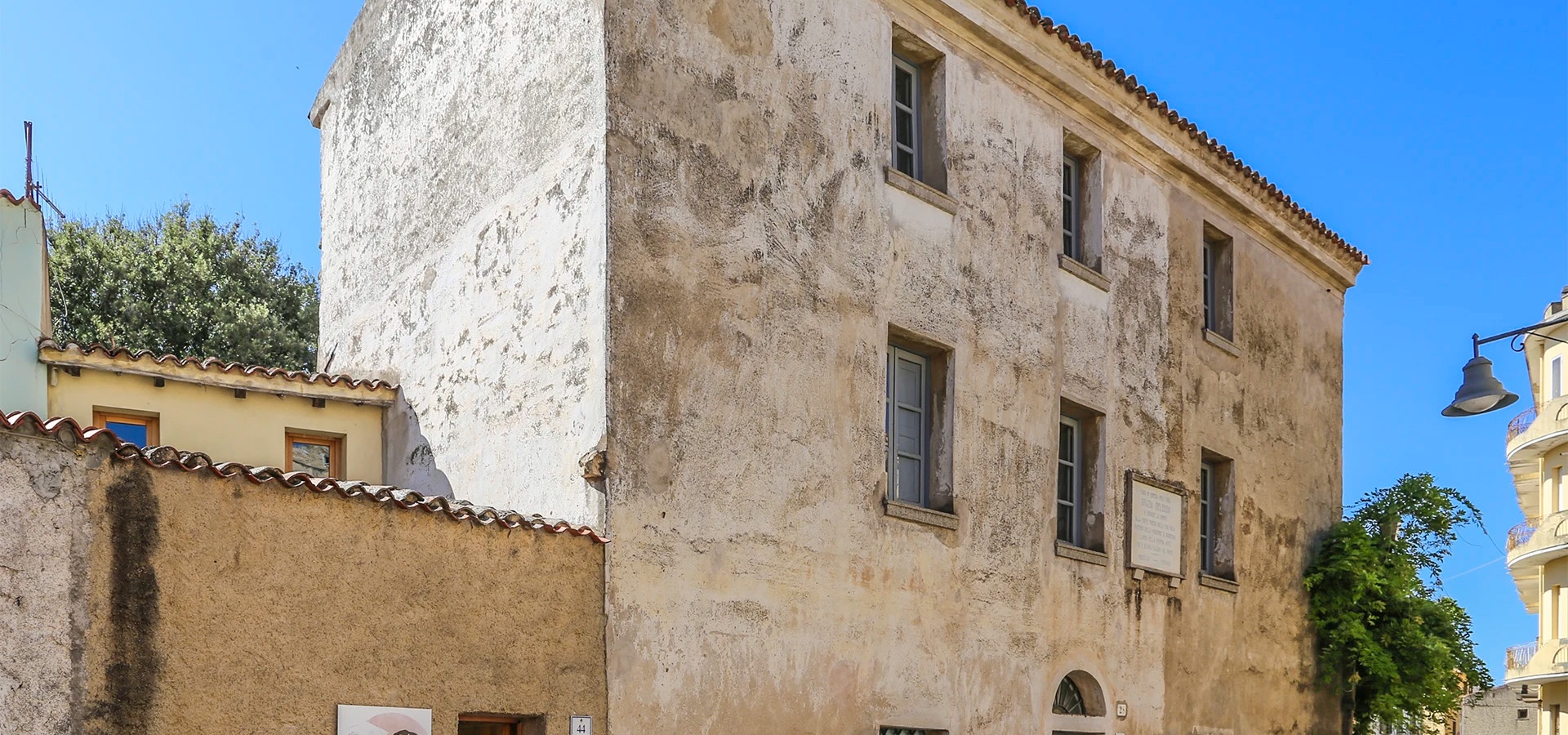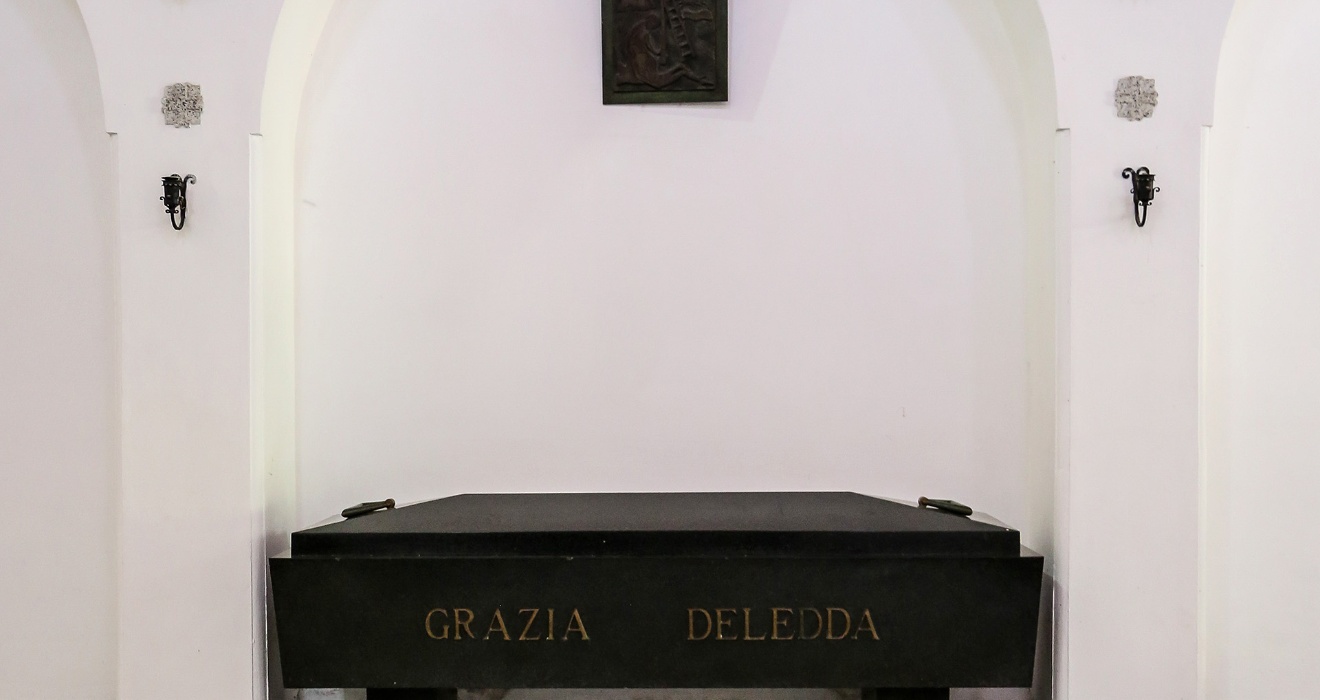Grazia Deledda (b. Nuoro, 1871–d. Rome, 1936) was an intense and prolific writer, achieving international renown and winning the Nobel Prize in Literature in 1926.
Grazia Deledda
Description
Along with the wicked and sinful world, perceived as an inevitable force and described in dark tones, her writing also contains a desire for freedom and liberation, together with a romantic vision of life, expressed through the idyllic, dream-like lightness of the landscape.
After marrying P. Madesani in 1900, she moved to Rome.
Deledda debuted at a very young age with novellas and novels, which were published in magazines and newspapers. Her first success arrived with the novel Anime oneste (1895), which was followed by many others including La giustizia (1899), Dopo il divorzio (1903), Elias Portolu (1903), Cenere (1904), L'edera (1908) and more.
The book of short stories Chiaroscuro (1912) and the novels Colombi e sparvieri (1912) and Canne al vento (1913) reveal the various stages of this process of thematic and stylistic fusion, which reached its apex in the novels and stories of the writer’s second period, like Il segreto dell'uomo solitario (1921), Il Dio dei viventi (1922), Annalena Bilsini (1927) and others.
The house where Deledda was born is in Nuoro’s old town, in the Santu Predu quarter, and is now a museum. She is buried in a black granite tomb in the church of the Madonna della Solitudine in Nuoro, at the foot of Mount Ortobene.
Over the years, Deledda’s works have inspired numerous artistic productions, starting with the film Cenere, starring Febo Mari (who also directed) and Eleonora Duse in 1916, up to the final work by the artist Maria Lai, next to Deledda’s tomb.
 Nuorese Cultural District
Nuorese Cultural District
